Fight-Proven Coding
since 1977
To allow an error free communication channel between the satellite and ground station, we use the concatenated code (7,1/2). This coding scheme is still used in NASAs Deep Space Network to communicate with Voyager 1, which is 149 AU (Earth-Sun distance) away from Earth. (2020)
More information: Butman 1981: Performance of concatenated codes for deep space missions




